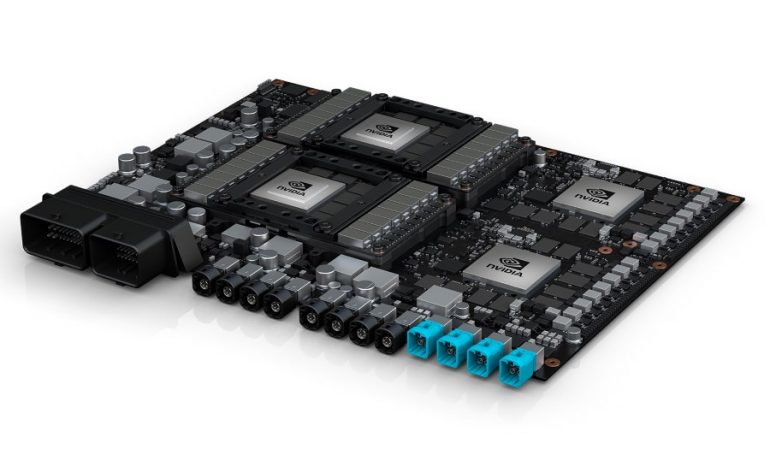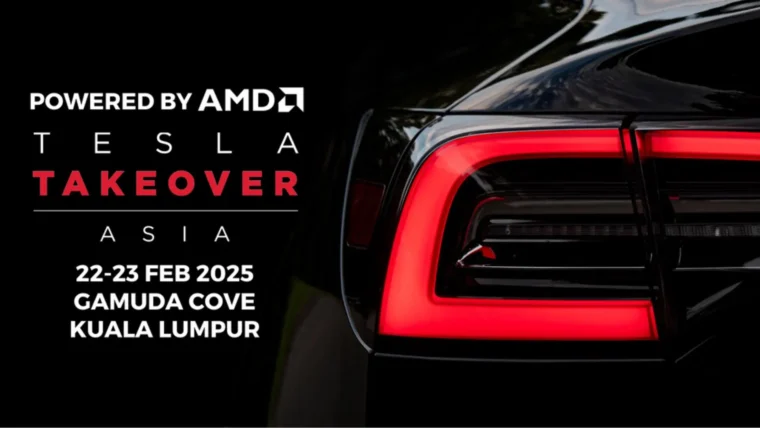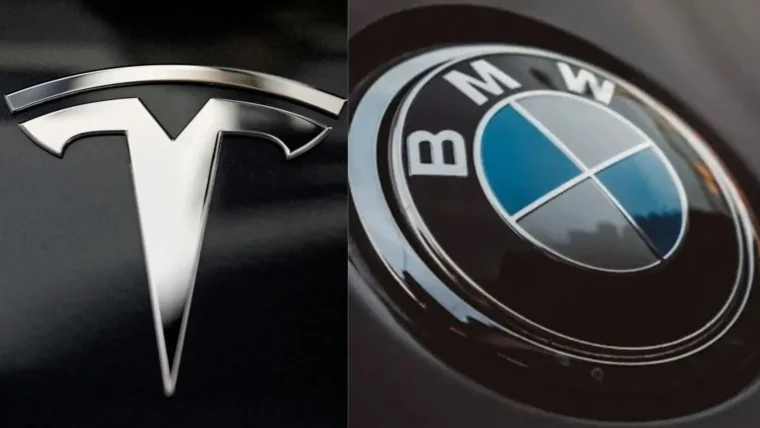The world of automotive and technology are slowly converging into what is known as the future which is autonomous and self-driving vehicles. Slowly we can see the various types of technology being implemented from the basic cruise control to Tesla’s Autopilot system to Waymo’s fully autonomous vehicles. Behind all of that technology, are silicon-based processors.
Intel and AMD aim to solder more partnerships with automakers and NVidia has released a GPU which is capable of Level 5 autonomous vehicles called the NVIDIA DRIVE PX. In today’s world, even in technologies such as machine learning and AI where the GPU plays an important role, companies such as NVIDIA and AMD are getting more attention.

Areas such as cryptocurrency mining and facial recognition started relying heavily on GPU processing as the hardware is optimised for better calculation. Then the boom of autonomous self-driving car technology and the surge for more of these types of processors are needed to allow the technology to better detect the environment and to avoid crashes.
With better processors and more efficient computer processing, this will prove to be useful for car manufacturers who then see electric cars being the future and that all the technology onboard won’t suck out energy meant to make the car go further. A highly powerful yet efficient combination is the key in which all players sought after where it can then bring autonomous vehicles to the next level.

GPU processors also don’t alone account for the self-driving technology as software firms can also utilise its processing power to introduce software on top of it such as safety-related software to detecting 3D objects on the road for self-driving cars. NVidia is currently partnering with 25 different companies to pilot out autonomous taxis by next year using the NVIDIA DRIVE PX cards.
AMD, on the other hand, is working together with Tesla on the AI portion in their cars whilst Intel acquired Mobileye and is working with Google on their self-driving cars via Waymo.
Other posts by Mark Leo







